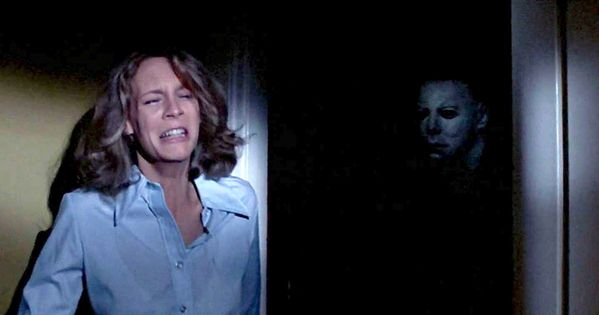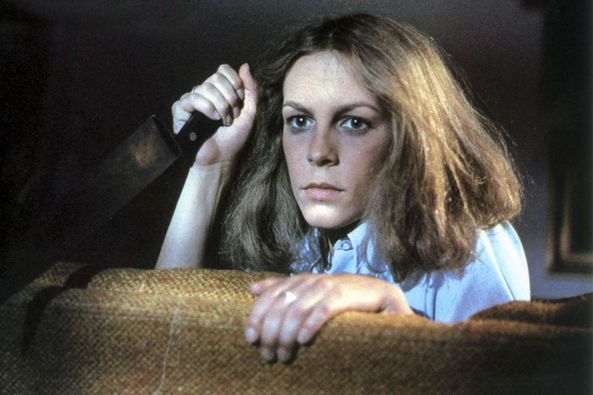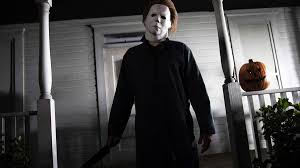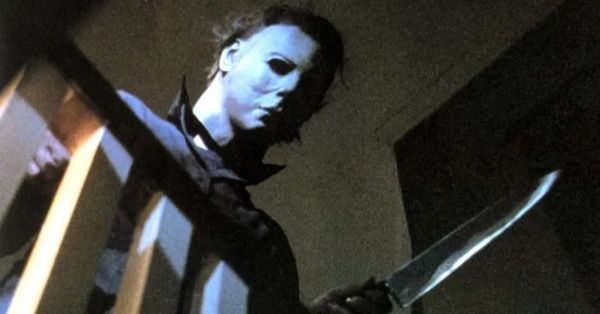Halloween (1978)

“Halloween”: A Pioneering Horror Classic Directed by John Carpenter
Released in 1978, John Carpenter’s “Halloween” is a seminal film that redefined the horror genre and set the standard for future slasher films. With its innovative approach to suspense and its unforgettable score, “Halloween” remains a cultural touchstone, influencing filmmakers and audiences alike for decades.

The film opens with a chilling prologue that introduces Michael Myers, a young boy who, on Halloween night, brutally murders his sister. After spending 15 years in a mental institution, he escapes on the eve of Halloween, returning to his hometown of Haddonfield, Illinois. As the night unfolds, Michael stalks babysitter Laurie Strode (played by Jamie Lee Curtis), who becomes his primary target. The tension builds as Laurie and her friends are unaware of the danger lurking in the shadows.

“Halloween” is notable for its minimalist storytelling and effective use of suspense. John Carpenter, who co-wrote the screenplay with Debra Hill, crafts a narrative that relies on atmosphere and psychological tension rather than excessive gore. The film’s pacing is deliberate, allowing the audience to feel the mounting dread as Michael’s presence becomes increasingly ominous. Carpenter’s direction emphasizes the mundane nature of suburban life, juxtaposed with the horror of Michael’s actions, creating a disquieting sense of normalcy that heightens the film’s impact.

One of the most iconic elements of “Halloween” is its haunting musical score, composed by Carpenter himself. The simple yet chilling piano theme has become synonymous with horror and is instantly recognizable. The score enhances the film’s tension and creates a sense of impending doom, making it a character in its own right. This innovative use of music to evoke emotion is one of the film’s many contributions to the genre.

Jamie Lee Curtis delivers a standout performance as Laurie Strode, embodying the innocence and vulnerability of her character. As the “final girl,” she becomes a symbol of resilience against malevolent forces. Curtis’s portrayal resonates with audiences, making her a beloved figure in horror cinema. The supporting cast, including Donald Pleasence as Dr. Loomis, adds depth to the story, particularly through Loomis’s obsessive quest to understand Michael’s psyche and prevent further bloodshed.

Despite its low budget, “Halloween” achieved remarkable success both critically and commercially. The film grossed over $70 million at the box office, a staggering figure for a horror film at the time, and it is often credited with popularizing the slasher genre. Its influence can be seen in countless subsequent films that adopted its tropes and themes, from masked killers to the use of suspenseful music.
In addition to its financial success, “Halloween” has been praised for its cultural significance. The film explores themes of fear, isolation, and the loss of innocence, resonating with audiences on a deeper level. Michael Myers, as an embodiment of pure evil, challenges the characters’ morality and survival instincts, prompting viewers to confront their own fears.
While some critics have noted that “Halloween” relies on familiar horror tropes, its mastery of suspense and character-driven storytelling elevates it beyond mere formula. The film’s ability to evoke genuine terror without resorting to excessive violence or gore is a testament to Carpenter’s skill as a director.
In conclusion, “Halloween” is a groundbreaking horror film that has left an indelible mark on the genre. John Carpenter’s direction, combined with a memorable score and strong performances, creates a chilling and unforgettable cinematic experience. As a pioneer of the slasher genre, “Halloween” continues to resonate with audiences, proving that the fear of the unknown remains a powerful force in storytelling. Its legacy endures, inspiring new generations of filmmakers and horror enthusiasts alike.










